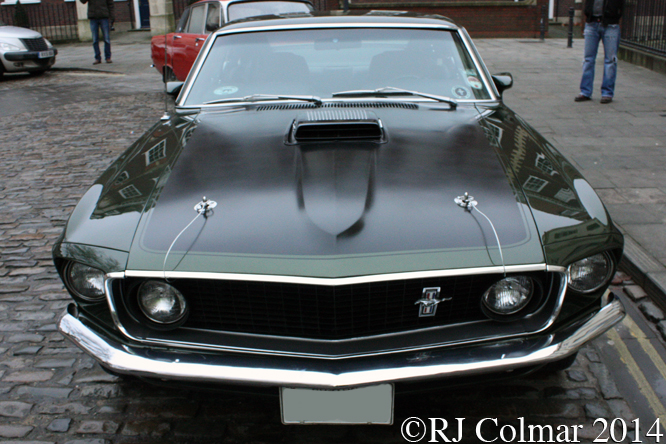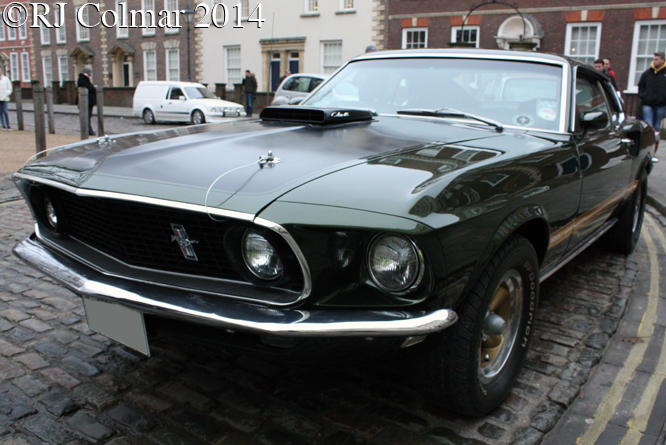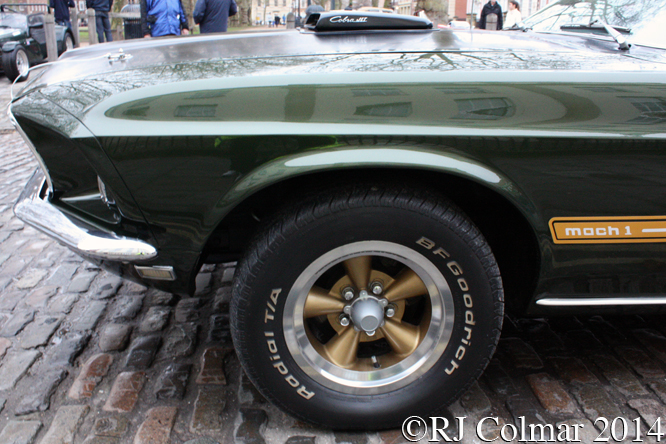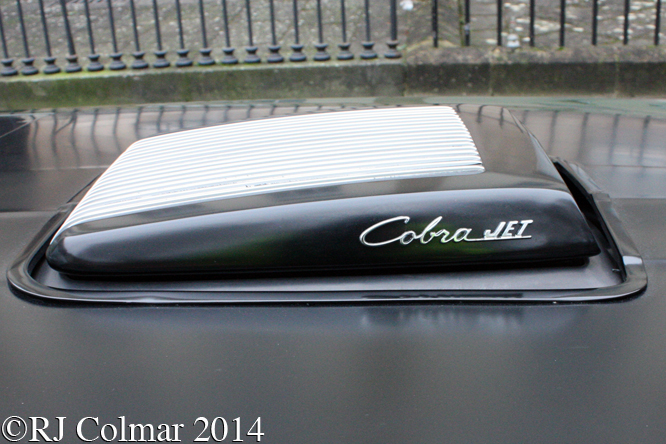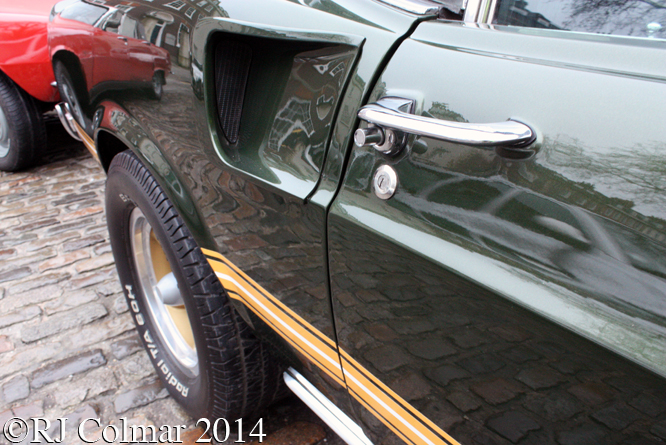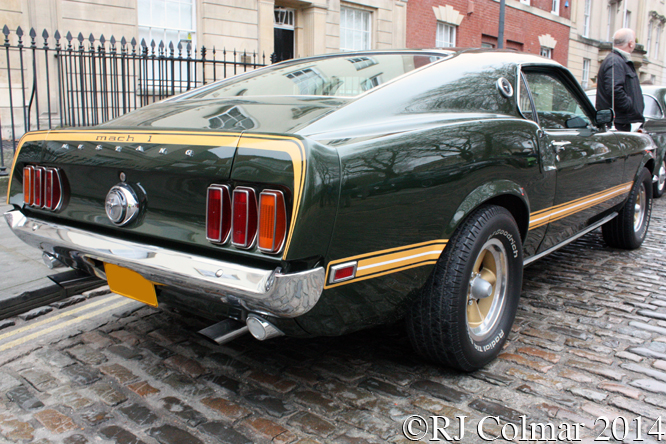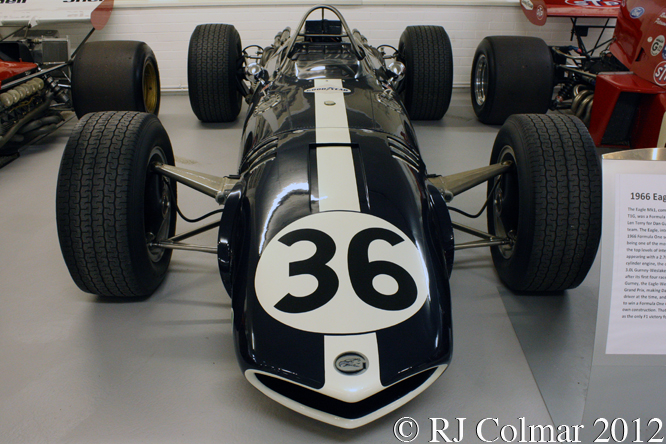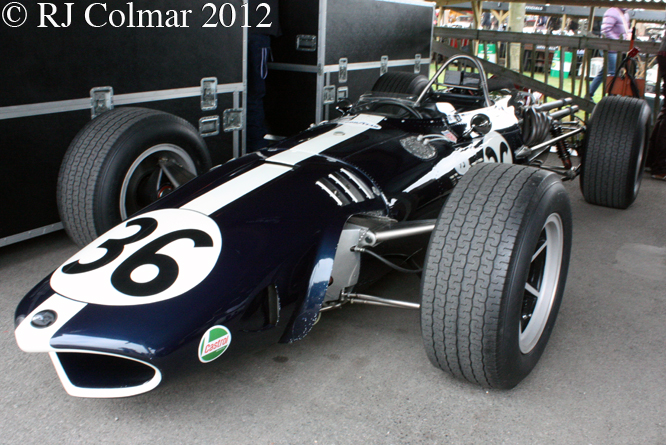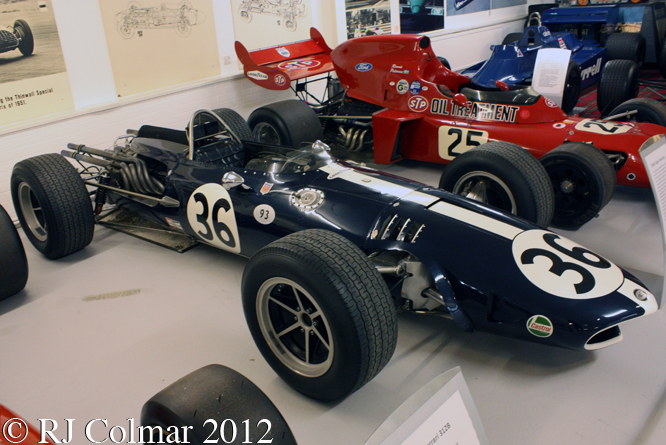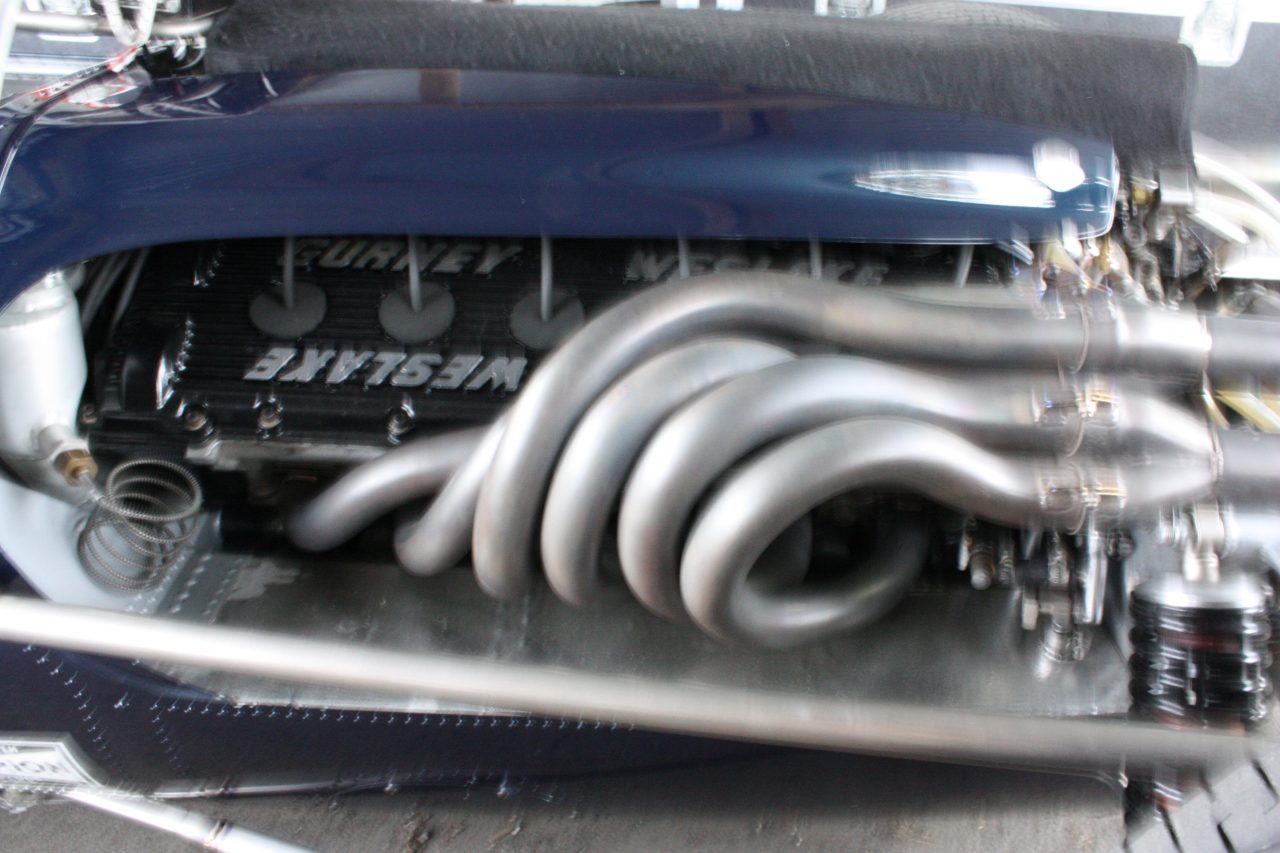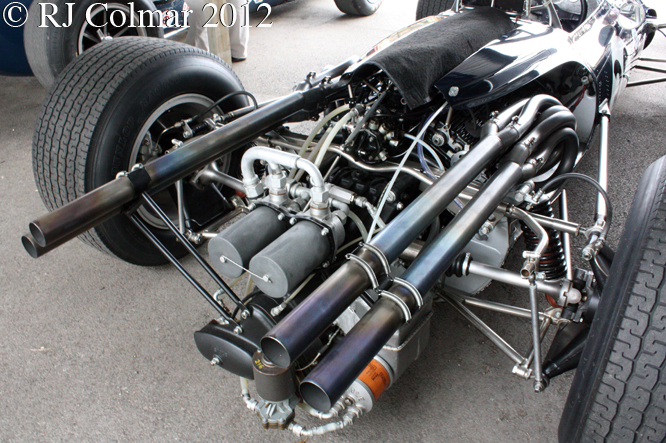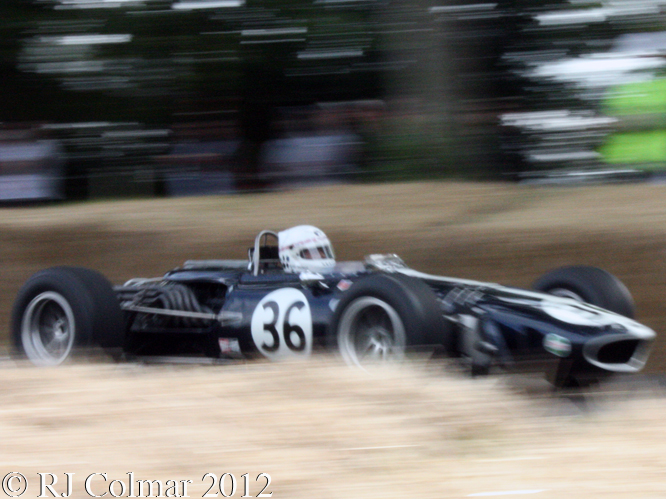The story of the Toleman Hart TG185 goes back to 1980 when the Toleman Formula Two team decided to build their own Formula Two car the TG 280 and in the process swap from being a Goodyear to a Pirelli tyre customer, five years later when today’s featured car was built it became quite apparent to the detriment of Toleman that switching tyres suppliers was a less than amicable experience for Goodyear.
After securing the Formula Two championship at their first attempt Toleman, engine supplier Brian Hart and Pirelli did not hesitate to leap up to the top of the motor racing tree with a two car formula one team for 1981. After many trials and the odd tribulation an unknown Ayrton Senna joined the team for 1984 and the team what would be it’s best year scoring 3 podium finishes which contributed to the teams 16 points and 7th place finish in the World Constructors Championship.
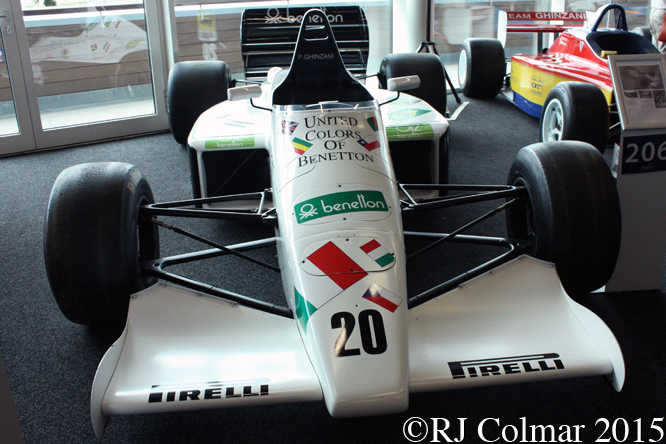
On the way to that success Toleman made an acrimonious switch from Pirelli to Michelin tyres after the San Marino Grand Prix, but at the end of the 1984 season Michelin decided to quit Formula One with neither Goodyear or Pirelli now prepared to step up to the plate to help Toleman out.
Toleman’s preparations for the 1985 season went on regardless the new Rory Byrne designed TG185 was similar to the TG184 with a tidier body and revised suspension, the 1.5 litre 91.5 cui 4 cylinder turbocharged Hart motor produced around 800 hp and McLaren refugee John Watson was signed up with Spirit refugee Stefan Johansson to drive the new cars, in the end neither did John had a one off drive as a stand in for the injured Niki Lauda at McLaren before retiring from Formula One and Stefan got the second seat at Tyrrell for the first race of the season before being snapped up by Ferrari to replace René Arnoux in circumstances that remain unexplained to this day.
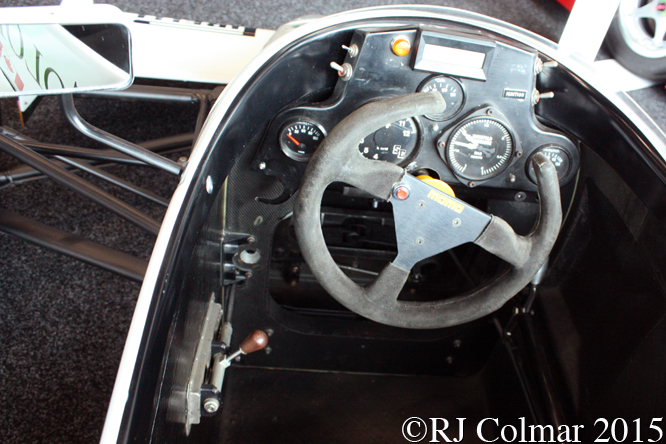
Meantime Italian knitwear moguls and Alfa Romeo’s primary Formula One sponsor Benetton were keen to expand their Formula One involvement by finding a drive for emerging talent Teo Fabi, Benetton bought the failing Spirit team who had a contract with Pirelli for a supply of tyres and reassigned it to Toleman after the first three races of the season.
Toleman ran a single entry for Teo for six races before Piercarlo Ghinzani was drafted in as a number two drive from the failing Osella team between them the teams only successes were a pole position start for Teo in Germany along with 14th and 12th place finishes for Teo in France and Italy respectively.

Things were not much better at Alfa Romeo where Ricardo Patrese and Eddie Cheever managed to finish eight times in non points paying finishes through out the whole of 1985.
At the season’s end Benetton ditched Alfa Romeo who withdrew from Formula One, while Benetton bought out Toleman and kept Teo Fabi who was joined by Gerhard Berger for 1986 in a restructured team that secured a supply of BMW engines for the new season.
The TG185 seen here at Silverstone Auction, sans Hart engine, was driven by Piercarlo Ghinzani at the end of 1985, prior to his return to Osella and was sold in the auction for £30,940 at the recent Silverstone Classic meeting.
Thanks for joining me on this “Wanted Four Black Round Things” edition of “Gettin’ a li’l psycho on tyres” I hope you will join me again for Mercedes Monday tomorrow. Don’t forget to come back now !


